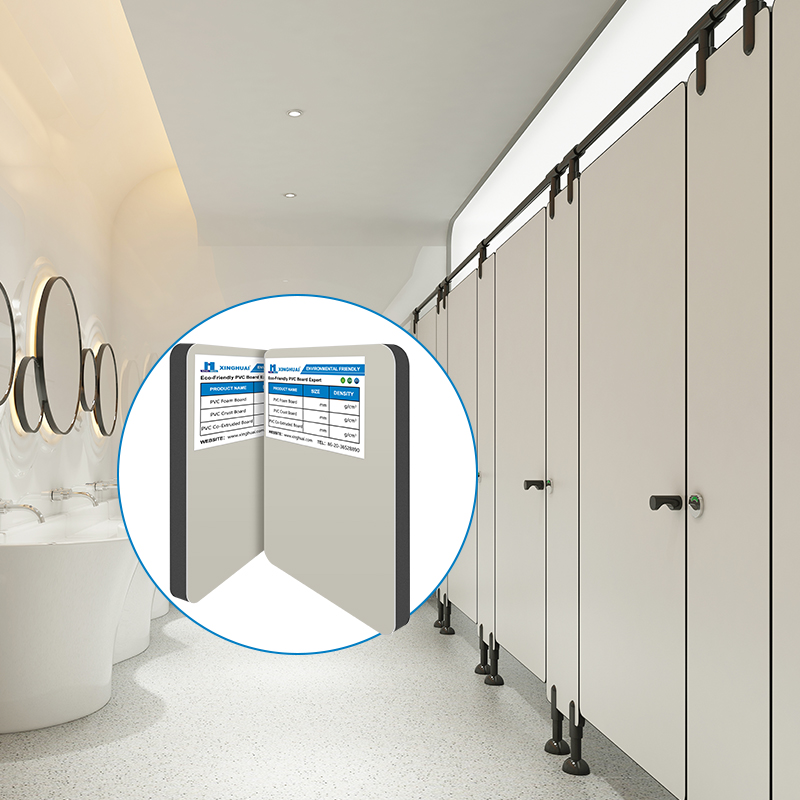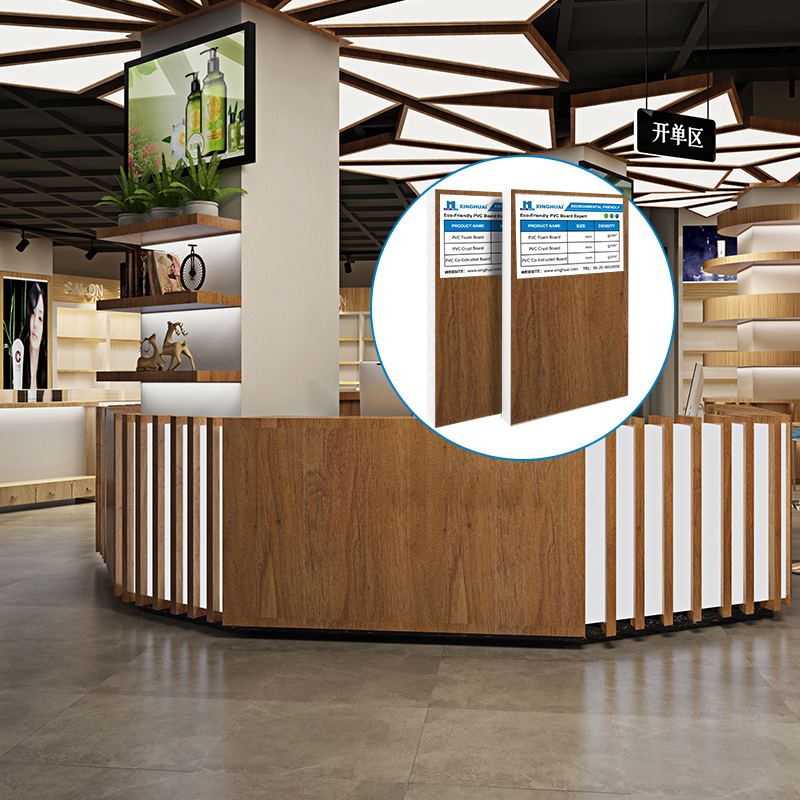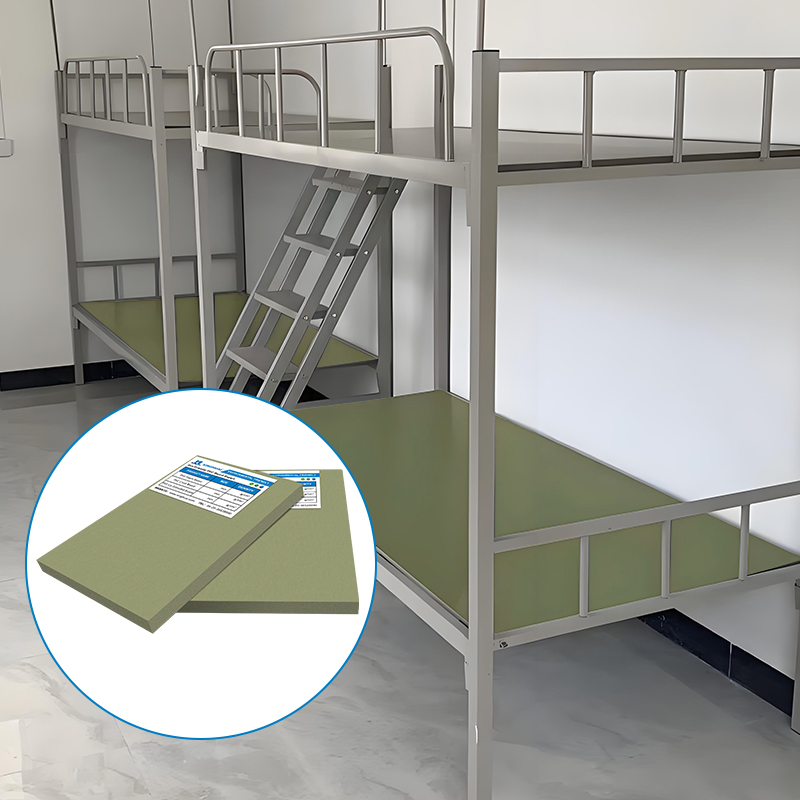Can the Stains on PVC Sheets Be Removed? A Practical Guide for Effective Cleaning
PVC sheets, including hard pvc board, foam pvc white sheet, closed cell pvc foam board, celuka board, and 10mm white plastic sheet, are widely used in construction, signage, furniture, and interior design due to their durability and aesthetic appeal. However, these materials are prone to staining from dirt, ink, adhesives, or environmental factors. The good news is that many stains on PVC sheets can be removed with the right techniques and cleaning agents. This article explores stain removal methods tailored to different PVC sheet types, ensuring their longevity and pristine appearance.
Understanding PVC Sheet Types and Stain Susceptibility
PVC sheets vary in composition and surface finish, affecting how easily stains adhere and how challenging they are to remove.
Hard PVC Board
Hard pvc board is rigid and dense, offering excellent resistance to scratches but sometimes showing stains more prominently due to its smooth, non-porous surface. Common stains include ink, grease, and adhesive residue.
Foam PVC White Sheet
Foam pvc white sheet is lightweight and often used in displays and signage. Its porous foam core can trap dirt, making stains like food or fingerprints harder to remove without proper care.
Closed Cell PVC Foam Board
Closed cell pvc foam board has a denser, water-resistant structure, reducing stain absorption. However, it may still accumulate surface stains from UV exposure, chemicals, or abrasive materials.
Celuka Board
Celuka board features a rigid outer skin and a cellular foam core, combining strength with a smooth finish. Stains like paint or permanent marker can be stubborn on its surface.
10mm White Plastic Sheet
10mm white plastic sheet (typically PVC) is thick and durable, often used in countertops or partitions. Its white color makes stains like rust or mold more visible, requiring targeted cleaning.
Common Stains on PVC Sheets and Removal Methods
Ink and Marker Stains
Hard pvc board and celuka board with smooth surfaces may retain ink from pens or markers.
Solution: Apply rubbing alcohol or a specialized ink remover to a cotton ball and gently dab the stain. Avoid scrubbing to prevent surface damage.
For 10mm white plastic sheet, test a small area first, as some cleaners may discolor the material.
Adhesive Residue
Stickers, tape, or glue can leave sticky residue on foam pvc white sheet or closed cell pvc foam board.
Solution: Use a citrus-based adhesive remover or warm soapy water. For stubborn residue, apply a small amount of mineral oil and let it sit for 10 minutes before wiping.
Grease and Oil Stains
Hard pvc board used in kitchens or workshops may accumulate grease.
Solution: Mix baking soda and water into a paste, apply to the stain, and scrub gently with a soft brush. Rinse with warm water and dry thoroughly.
Dirt and Grime
Foam pvc white sheet in outdoor displays may collect dirt over time.
Solution: Use a mild dish soap solution and a soft sponge. For textured surfaces, a soft-bristled toothbrush can help dislodge debris.
Rust and Metal Stains
10mm white plastic sheet near metal fixtures may develop rust stains.
Solution: Apply a mixture of lemon juice and salt to the stain, let it sit for 15 minutes, then rinse. For tough rust, use a commercial rust remover designed for plastics.
Mold and Mildew
Closed cell pvc foam board in humid environments may develop mold.
Solution: Wipe with a solution of 1 part vinegar to 3 parts water. For severe mold, use a diluted bleach solution (1:10 bleach to water), but rinse thoroughly to avoid damage.
Stain Removal Techniques for Specific PVC Sheet Types
Hard PVC Board
Scrubbing Gently: Use a non-abrasive sponge or cloth to avoid scratching the surface.
Avoid Harsh Chemicals: Bleach or ammonia can discolor hard pvc board. Stick to mild cleaners.
UV Protection: Apply a UV-resistant sealant to prevent yellowing and staining from sunlight.
Foam PVC White Sheet
Preventing Stain Absorption: Seal the edges of foam pvc white sheet with silicone caulk to prevent moisture from reaching the foam core.
Deep Cleaning: For embedded dirt, use a soft brush and soapy water, then rinse with a hose (if outdoor use).
Drying Thoroughly: Moisture trapped in the foam can lead to mold, so ensure complete drying after cleaning.
Closed Cell PVC Foam Board
Stain-Resistant Coatings: Some closed cell pvc foam board comes with a protective finish. Reapply if worn.
Chemical Stains: Avoid contact with solvents or acids, which can etch the surface. If stained, use a plastic-safe cleaner.
Celuka Board
Paint Stains: Use a paint thinner designed for plastics (test first) or a plastic scraper at a low angle to avoid gouging.
Permanent Marker: Rubbing alcohol or nail polish remover (acetone-free) can lift marker stains from celuka board.
10mm White Plastic Sheet
Scuff Marks: A magic eraser or melamine foam can remove scuffs without scratching the 10mm white plastic sheet.
Discoloration: For yellowing due to age or UV exposure, use a plastic restorer or a hydrogen peroxide-based bleaching agent (test first).
Stain Removal Mistakes to Avoid
Using Abrasive Scrubbers
Steel wool, scouring pads, or harsh brushes can scratch hard pvc board, celuka board, or 10mm white plastic sheet.
Overlooking Edge Care
Stains on the edges of foam pvc white sheet or closed cell pvc foam board can spread to the core if not cleaned promptly.
Applying Heat
Heat can melt or warp foam pvc white sheet or closed cell pvc foam board. Avoid using hairdryers or heat guns to dry stains.
Mixing Incompatible Cleaners
Bleach and ammonia create toxic fumes. Never mix them when cleaning 10mm white plastic sheet or other PVC sheets.
Neglecting Testing
Always test a cleaning solution on a small, inconspicuous area of celuka board or hard pvc board before full application.
Preventing Future Stains
Regular Cleaning
Wipe down hard pvc board and 10mm white plastic sheet weekly with a damp cloth to prevent dirt buildup.
Protective Coatings
Apply a clear acrylic sealant to foam pvc white sheet or closed cell pvc foam board to resist stains and UV damage.
Proper Storage
Store unused celuka board or 10mm white plastic sheet flat to prevent warping and protect surfaces from scratches.
Using Mats or Liners
Place mats under objects on hard pvc board countertops to prevent spills and scratches.
Avoiding Direct Sunlight
UV rays can yellow and weaken foam pvc white sheet or closed cell pvc foam board. Use curtains or UV-blocking films.
Conclusion
Stains on PVC sheets, including hard pvc board, foam pvc white sheet, closed cell pvc foam board, celuka board, and 10mm white plastic sheet, can often be removed with the right approach. By understanding the material’s properties and using gentle, targeted cleaning methods, users can restore their PVC sheets to like-new condition. Prevention through regular maintenance and protective measures further ensures long-term stain resistance and durability.




